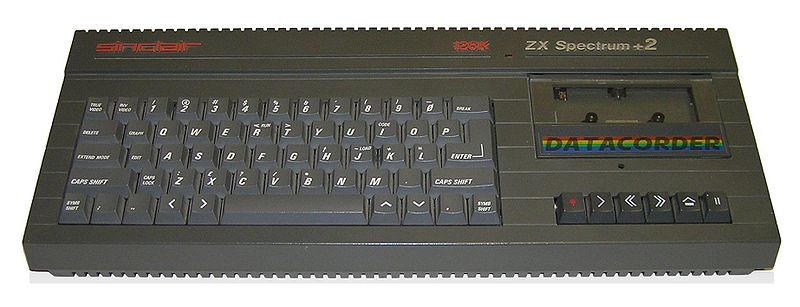
If Dreamworks' recent commitment to "true" or Stereoscopic 3D in all future releases sets a trend, then we can hope to expect all 3D animations to be viewable at the cinema with those special glasses.
But there is nothing particularly new about the concept of 3D films, they've been around for years.
"In 1952, television was increasingly keeping people on the couch and out of movie theaters, so Hollywood desperately turned to a process called "Naturalvision," and 3-D movies were born." (Full article on MTV)
What's really interesting is that the recent enthusiasm for producing 3-D movies is for similar reasons - not enough people watching movies at the cinema:
"Stereoscopic 3D (S3D) cinema has proven a surefire way to ignite interest in cinema and get movie lovers off the couch and into a theater seat. the current resurgence in 3D entertainment, marked by increasing numbers of digital cinema theaters and substantial increases in box office receipts when compared to 2D films of the same title, has led film studios to rethink their project lists." (Full article on Intel)
And no small wonder - giant plasma TVs and Dolby 5:1 surround sound has made home viewing exceptionally high quality, and a reasonably high investment for most people. It will take something very special (like stereoscopic 3D) to get people off the couch, away from their expensive telly, and into the cinema.
Technology does not replace creativity
But to succeed this time studios must avoid the mistake of the 1950s:
"Convinced that their best hope to win audiences back was by making things leap off the screen, dozens of 3-D movies were greenlit immediately. But just a few years later, bad scripts and gimmickry had effectively killed the fad." (Full article on MTV)
What do we learn? That people do not come to see technology in action.
Once more we are reminded that no amount of technology will make up for a poor ideas development process.
Perhaps this is why Pixar's latest release was described in this way:
"The reason why "Up" is quite possibly the greatest 3-D movie ever made is because it wasn't designed to be a 3-D film. Rather than throwing gimmicks at the audience, Pixar concentrated on doing what it does best: tell a good story." (Full article on MTV)And "a good story" is the key to a successful movie of any kind.
Examples
Digital 3D animations to look out for: "Monsters v. Aliens", "Toy Story 3D", "Up". (Note for the indignant: Coraline was not digital 3D, it was Stop Motion).
More information on this topic
Creative Cow Magazine - Stereoscopic 3D edition:
http://magazine.creativecow.net/issue/stereoscopic-3d
About Intru 3D (system used by Dreamworks): http://www.intel.com/consumer/learn/intru3D.htm
Dreamworks CEO demands an all 3D future. Do you? http://popwatch.ew.com/2009/06/19/3d-movies-jeffrey-katzenberg/
Dreamworks animation going 3-D
http://www.bigscreen.com/journal.php?id=553
Dreamworks animation and Intel (PDF article) http://www.intel.com/Assets/PDF/general/VA_Issue2_2009_Dreamworks.pdf
Most notable 3D movies of all time
http://www.mtv.com/movies/news/articles/1622500/story.jhtml
Note to ND Y2 Students
This is one reason why we chose to link unit 121 (3D Animation) with unit 45 (Digital Storytelling). We want you to experience the process of making a short animation that people enjoy - not merely one that is an example of 3D technology.
 Having said all that, if stereoscopic 3D is the way it seems to be heading you will need to understand how it works, and how to apply it in your own work. Which is why next week, you will learn how to make 3D animations for 3D glasses - and be given the option of using the technique in your assignment.
Having said all that, if stereoscopic 3D is the way it seems to be heading you will need to understand how it works, and how to apply it in your own work. Which is why next week, you will learn how to make 3D animations for 3D glasses - and be given the option of using the technique in your assignment.But remember, the technique will not make up for poor design and a bad story idea. Using 3D technology in this way is therefore not an easy way to a higher grade - it will demand more from you, not less. But if you think animation is where you want to go, I recommend you give it a shot - great animators were not made, and great grades were not achieved, by looking for the easy way out.


